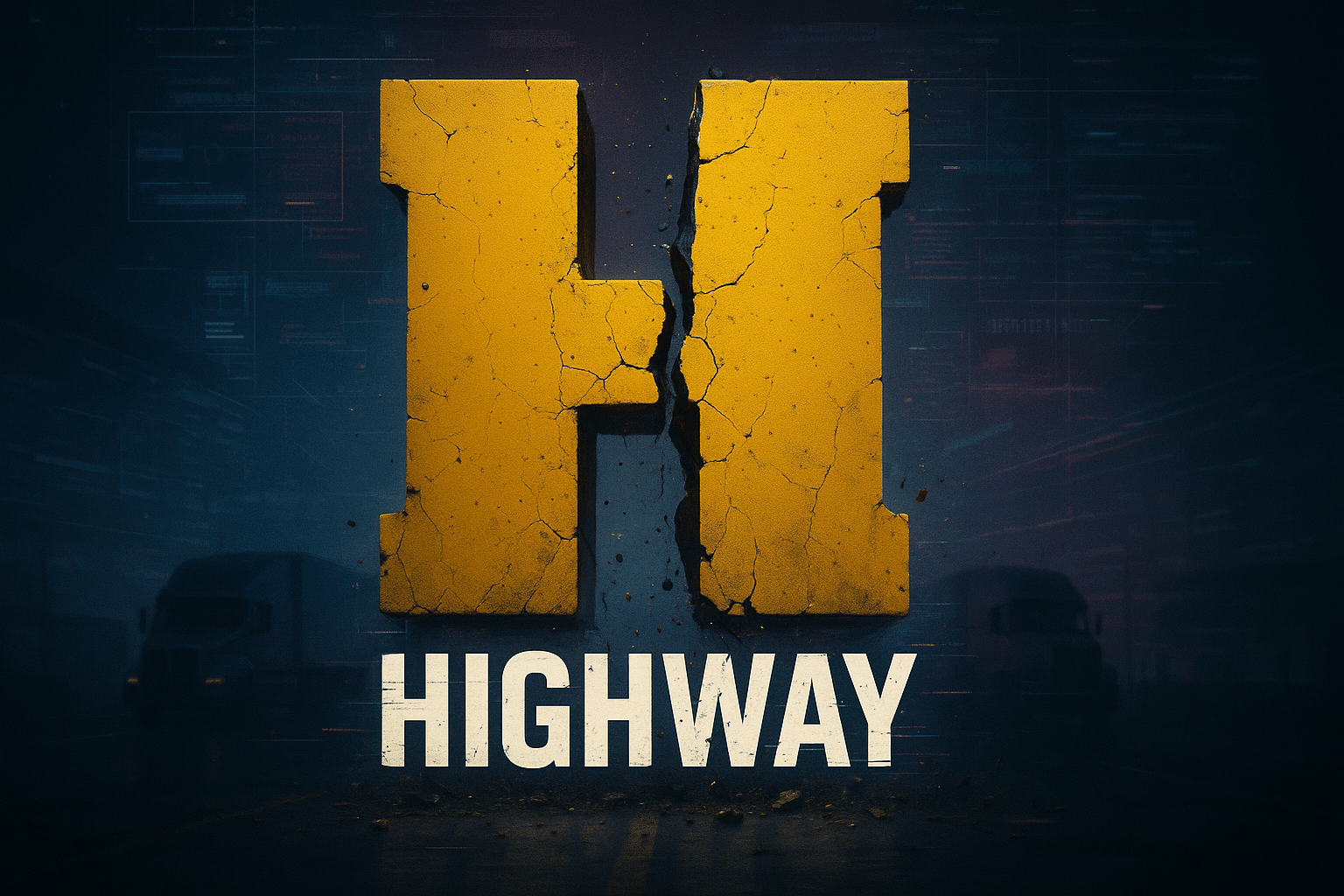Broken user management is costing real money
As both an asset-based OTR carrier and a dispatch service provider, our operation depends on being able to quickly add, remove, and swap users for dispatch, operations, and safety. Highway makes these basics remarkably difficult.
Invites that never show up
We regularly see user invites sent from Highway that simply never arrive in inboxes. No bounce, no error, just silence. While we chase invite links and re-send requests, trucks are waiting on a dispatcher who cannot get into the system that brokers now require.
Removing or changing users is next to impossible
Dispatch is dynamic — people change roles, drivers move, coverage shifts. In Highway, removing a user or changing access often turns into a ticket and a multi-day problem instead of a simple admin update. That is unacceptable for a live OTR fleet.
Support that carriers can’t rely on
When something breaks, we are bounced between Highway and the broker. Meanwhile, the freight clock keeps ticking. One public complaint describes it as “incompetent support that complicates getting loads through brokers” — that mirrors what we’ve experienced on our own trucks.
Not just a “dispatch problem” — this hits our fleet
Because we run our own trucks as an asset-based carrier, every delay in Highway isn’t theoretical — it’s missed appointments, late starts, and lost opportunities. Our OTR fleet cannot operate efficiently when a third-party platform makes it hard to get the right people logged in.

